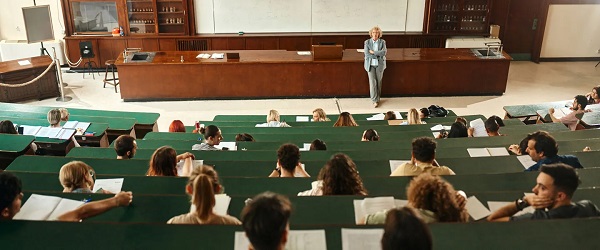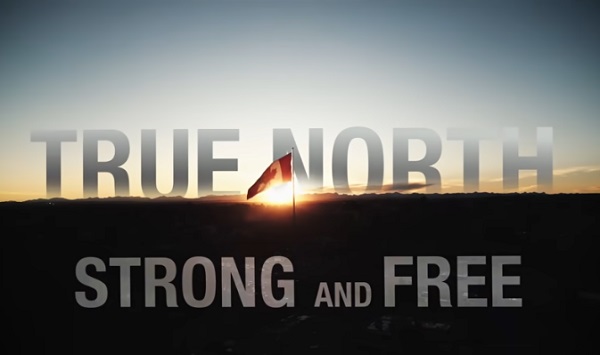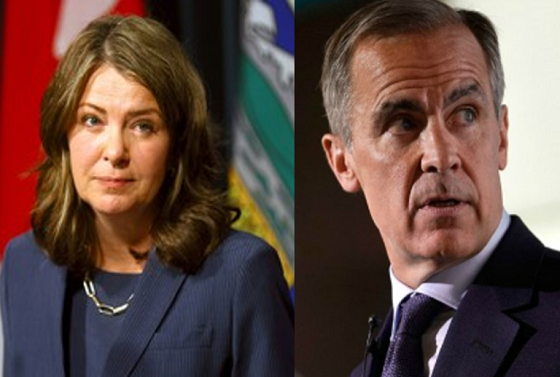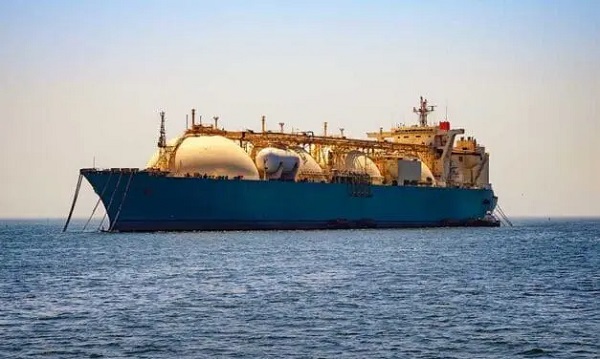Business
Paul Almeida: My European Favourites in 5 – 4 – 3 – 2 – 1!

Salzburg, Austria by Paul Almeida
Salzburg is one of my favourite mid-sized cities in Europe and Austria’s fourth largest city, with only about 150,000 residents. Geographically, it lies at the foot of the Eastern Alps, close to the German border and is bisected by the Salzach River. The compact old town, with medieval and baroque architecture is classified as a UNESCO World Heritage Site and is easy to explore on foot. Salzburg is visited annually by millions of tourists from around the world and our Azorcan tour groups often list it as a favourite stop.

Salzburg, Austria
5 FUN FACTS
Salzburg literally means “Salt Fortress.” The reigning Prince-Archbishops, the city and the region became wealthy mainly from the salt mines in the area, trade and some gold mining. Don’t miss the opportunity to visit a salt mine in the area to learn more about the extraction of the “white gold.”
The 11th century Hohensalzburg is one of the largest and best preserved medieval fortresses in Europe. You can walk up the path to the fortress or you can take the Festungsbahn funicular railway located just off the Kapitelplatz. From the fortress, you can enjoy some of the best views of the city and the surrounding area.
Composer Wolfgang Amadeus Mozart was born on January 27, 1756 in Salzburg, and you can visit his birthplace which is also a museum. You can’t miss the bright yellow building at No. 9 Getreidegasse with “Mozart’s Gebursthaus” in gold letters on the façade. The Getreidegasse is a pedestrian street with shops and restaurants. The ornamental wrought iron signs on the building facades harken back to medieval times. The Schlosserei Wieber shop on the Getreidegasse is a traditional metalworking shop that also continues to make these signs. The city celebrates Mozart Week festival in January around his birthday. A friend once joked that “Mozart was my favourite composer, now he’s my favourite decomposer.”

Hohensalzburg Fortress, Mozart’s Gebursthaus and the metal signs on the Getreidegasse
The famous Salzburg Festival, established in 1920 and which features some of Mozart’s works, is held each summer for five weeks starting in late July. With approximately two hundred drama, concert, and opera events and a quarter of a million visitors, it is a huge undertaking and an important driver of the local economy. The festival celebrated its 200th anniversary in 2020 but unfortunately plans had to be scaled back due to the corona virus pandemic.
The Rodgers and Hammerstein musical, “The Sound of Music,” about the Von Trapp family was set in Salzburg and movie fans love to search out film locations in the city.
Some of the most popular places to seek out are St. Peter’s cemetery, the Mirabell Palace and gardens with the Pegasus fountain, the Horse Pond, the Residence Square with it’s baroque fountain, Schloss Leopoldskron and the Nonnberg Abbey. The Rock Riding School, which was initially built to be a cathedral but was changed to a riding school by the Prince-Archbishop, later became Salzburg’s favourite concert venue. This is where the real Von Trapp family won the 1936 Salzburg Music Festival. There are other film locations located in the surrounding areas and there are tours that focus on the Von Trapp’s and the movie.

Mirabell Gardens, Makartsteg Bridge and the view of the old town from the Mochsberg
4 POINTS OF INTEREST
A walking tour of Salzburg usually starts at the Mirabell Palace gardens. The Palace was built by a Prince-Archbishop in 1606 and has a grand marble hall that is popular for weddings. The view from the palace’s gardens to the Hohensalzburg fortress in the summer when the geometrically laid flowers are in bloom is amazing. The Grand Fountain in the centre of the garden with four mythological statues representing the elements (Fire, Air, Earth, Water), the Dwarf Garden, and the Pegasus Fountain are popular photo stops. The best way to cross the Salzach river to the old town from the Mirabell gardens is the pedestrian Makartsteg Bridge which is usually adorned with numerous “love locks.” The locks are inscribed with the lovers initials, attached to the fencing and the key thrown into the Salzach.
As you cross the river to the old town (Altstadt), go to the right and you will find the Monchsberg lift which takes you up to the Museum of Modern Art (Museum der Moderne). The café at the museum is a great place to have a cappuccino and cheese strudel as you admire the view of the old town. The Monchsberg, which was named after the Benedictine monks, is one of five mountains or hills in Salzburg. The Monchsberg plateau has a hiking path through the forest that you can take and enjoy scenic views all the way to the Hohensalzburg fortress. The city has a mountain inspector’s office (Bergputzer) to check the mountain for possible falling rocks. In 1669, an avalanche of rock landed on the city below and killed over 200 people.
On the University Square (Universitatplatz), you will find the Grünmarkt or green
Market that goes back to the 18th century. The farmers market still has vendors selling fruit, vegetables, cheeses, meats, breads and pastries. It’s a great place to sample local products, or grab a quick lunch or a pretzel. The Kollegienkirche or University church dominates the square, and there are several historic buildings surrounding the lively square.

Pretzel kiosk on University Square, Residence Square and the Salzburg Cathedral>
A short walk from the University Square will take you past the Alter Markt square with the St. Florian Fountain and into the expansive Residence Square (Residenzplatz). The square has a magnificent baroque fountain decorated with four horses snorting water, giants, dolphins and a triton. Here is where you can find horse drawn carriages to enjoy the city centre at a leisurely pace. The Residence museum on the square is a testament to the immense wealth and political power of the Prince-Archbishop’s of Salzburg. The lavish state rooms and painting collection make it a top attraction. The 17th century baroque Salzburg Cathedral or Dom on the square is connected to the Residence. The Cathedral has religious relics of St. Rupert, an impressive pipe organ, plus an ornate ceiling and dome. The baptismal font is the same one used to baptize Mozart.
3 INTERESTING ACTIVITIES
To fully understand the significance of salt to the fortunes of Salzburg take a short trip to the Salzbergwerk Dürrnberg, which is located on the Dürrnberg above the town of Hallein. After supplying you with miner’s overalls, you will go by rail deep into the mountain where you will walk through the tunnels, go down two long slides and take a raft trip across an underground salt lake. The very informative tour explains the history of the mine from the age of the Celts to modern mining methods. After the tour be sure to visit the SALINA Celtic village to see how life was 2,600 years ago.
The Red Bull Hanger 7 at the Salzburg Airport is an impressive glass structure that houses the Flying Bulls historical airplane and helicopter fleet plus a collection of Formula 1 race cars. Austrian Red Bull founder and billionaire Dietrich Mateschitz is the owner of the hanger and the collection. If you like cars or planes, this is a must stop when you visit Salzburg or have a layover at the airport.

Going into the Salt Mine, a Red Bull concept race car and inside the Hanger 7
The imposing 900 year old medieval Hohenwerfen Castle, surrounded by the Berchtesgaden Alps, is located about 40 km south of Salzburg and overlooks the town of Werfen. A funicular takes you from the parking area up to the castle’s interior courtyard. The castle has an extensive weapons exhibit. The main event is a birds of prey demonstration from the Salzburg Falconry Center in the exterior courtyard with falcons, kites, vultures, and eagles. Some of these birds are huge and have no problem walking amongst the spectators. Be sure to check the daily times of the demonstrations in advance.

The impressive Hohenwerfen Castle, the courtyard and a large eagle
2 LOCAL DISHES TO ORDER
Tafelspitz is a popular Austrian dish of veal and vegetables that is simmered slowly. The broth is served separately as a first course then the veal and root vegetables are accompanied by apple-horsradish and chives.
Salzburger Nockerl was invented in Salzburg in the 17th century. Nockerl are vanilla flavoured dumplings dusted with powdered sugar and served with fruit jams or sauces. The warm dumplings arrive in three mounds to represent the three hills that surround Salzburg.

A Salzburger Nockerl, the Augustiner Brewery and their beer gardens
1 BEVERAGE TO ENJOY
There are eleven breweries in Salzburg, and the city is known as Austria’s beer capital. The Stiegl brewery has been privately owned since 1492. The Stieglkeller, located below the Hohensalzburg fortress, is a restaurant and beer garden that offers great views of the old town.
Established in 1621, the Augustiner Brau brewery and tavern is the biggest in Austria with indoor seating and a beer garden. In addition to great beer, you can purchase traditional dishes from food stands located inside the hall or the brewery.
Salzburg is a university town and has a lively café, beer garden and nightlife scene.
In addition to Mozart Week and the Salzburg Music Festival locals celebrate Fasching, Easter and harvest festivals. Salzburg’s Christmas markets are very popular and some shops in the old town specialize in Christmas.
Paul Almeida is the President of Azorcan Global Sport, School and Sightseeing tours and his company has taken thousands of people to Europe on custom group tours since 1994.
Visit azorcan.net to see all our custom group tour possibilities and to see our signature sport, sightseeing and sport fan tours individuals can now join.
Check out our newsletters, and listen to our podcasts at azorcan.net/media
Images compliments of Paul Almeida and Azorcan Tours.
Read more on Todayville.
Alberta
Alberta updates TIER system: Businesses can direct compliance payments to on-site technologies
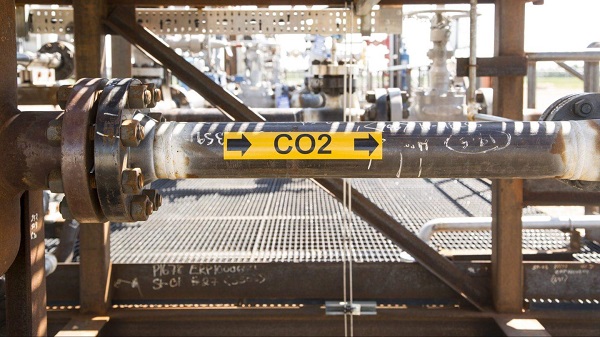
Modernizing TIER to secure tomorrow |
Alberta is seeking to update the Technology Innovation and Emissions Reduction (TIER) system to drive investment at large industrial facilities, helping companies stay competitive and protecting jobs.
This fall, Alberta’s government will introduce updates to the TIER system that would empower Alberta industries to invest in on-site emissions reduction technology that works for their specific businesses. Making Alberta’s highly successful TIER system even more effective and flexible will make industries more globally competitive while maintaining Alberta’s leadership in emissions reductions.
“TIER has always been about Alberta leading the way – proving to the world that it’s possible to increase energy production, grow the economy and lower emissions at the same time. These amendments build on that success by giving industry the certainty and flexibility they need to invest right here at home. We know this work is not finished. We will continue to press the federal government to match Alberta’s leadership with realistic policies and timelines so that together we can keep building an economy that is strong and ready for the future.”
“We are committed to ensuring our industry remains competitive and can once again bring in the capital investment needed to deliver safe, affordable and reliable energy to Canadians and the rest of the world. Enabling them to reinvest their dollars into their own facilities will be good for the environment while growing our economy and creating jobs.”
“TIER has played a critical role in helping Alberta energy be the most responsibly produced energy in the world. These changes will further allow our major energy companies to increase production and finance new world-leading emission reduction efforts consistent with Alberta’s Emissions Reduction and Energy Development Plan.”
Proposed updates to the TIER system include:
- Recognizing on-site emissions reduction investments as a new way for industry to comply with the TIER system in addition to the current options available, which include paying into the TIER fund or buying credits. This would reward companies for investing directly in emissions reduction technology that encourages innovation, supports local jobs and reduces emissions.
- Allowing smaller facilities that currently participate in the TIER system to leave or opt out for 2025 to reduce costs and red tape. Smaller facilities below the regulatory emissions threshold can face disproportionate compliance costs under the TIER system, which is mainly designed for large facilities. This change would help smaller industries save money and redirect resources into emissions reduction investments or other operational improvements for more cost savings. It offers flexibility, especially for small manufacturers and rural operations, which protects jobs across Alberta.
These changes will position Alberta, once again, as a world leader ready to meet the challenges and realities of shifting global markets, increased competition and trade uncertainty.
“We are pleased to see the Government of Alberta is taking steps to improve competitiveness of climate policy. Today’s announcement recognizes industry concerns around competitiveness and signals that the province is moving forward to support emissions reduction in a way that helps companies reduce emissions, compete for investment, and create jobs for Albertans. EPAC believes provinces are best positioned to lead on climate policy, and we look forward to continued work with Alberta.”
“Pathways Alliance appreciates the Government of Alberta’s efforts to support the oil sands industry and protect jobs. Direct investment through the TIER system is expected to encourage continued investment in emission reduction technologies, and advance innovative infrastructure. The oil sands industry looks forward to ongoing work with governments to strengthen global competitiveness and attract investment.”
Alberta’s economy is growing and emissions are declining thanks to the province’s common-sense approach. Alberta’s government will continue to work with industry to protect jobs, strengthen competitiveness and maintain Alberta’s position as the destination of choice for global investment.
Quick facts
- Alberta’s TIER system was established in 2007 and was the first of its kind in North America.
- Currently the TIER system includes about 60 per cent of the province’s total emissions, helping Alberta’s industrial facilities find innovative ways to reduce emissions and invest in technology to stay competitive, save money and create jobs.
- The TIER Regulation requires any facility that emits 100,000 tonnes or more of emissions in a year to meet annual emissions reductions using either a facility-specific or a sector benchmark approach.
- Under the current system, regulated facilities can comply using credits (carbon offsets, emission performance credits or sequestration tonnes) or pay into the TIER fund at $95 per tonne of emissions.
- Sectors regulated under the TIER system include oil and gas, oil sands mining, electricity, forestry, chemicals, fertilizers, minerals, food processing and waste.
- Since 2019, Alberta has invested $1.6 billion from the TIER fund into geothermal, hydrogen, energy storage, methane reduction, carbon capture and other technology projects, reducing approximately 70 million tonnes of emissions by 2030 and supporting about 21,000 jobs across the province.
Related information
2025 Federal Election
Post election report indicates Canadian elections are becoming harder to secure
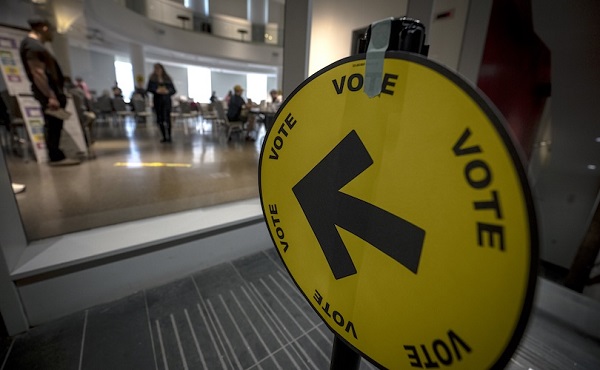
Chief Electoral Officer Stéphane Perrault highlights strong participation and secure voting, but admits minority politics, rising costs, and administrative pressures are testing the system’s limits.
Monday in Ottawa, Stéphane Perrault, Canada’s Chief Electoral Officer, delivered a long press conference on April’s federal election. It was supposed to be a victory lap, record turnout, record early voting, a secure process. But if you listened closely, you heard something else: an admission that Canada’s election machinery is faltering, stretched thin by a system politicians refuse to fix.
Perrault touted the highest turnout in 30 years, 69 percent of eligible voters, nearly 20 million Canadians. Almost half of those ballots were cast before election day, a dramatic shift in how citizens take part in democracy.
“Twenty years ago, less than 7% voted early. This year, nearly half did,” Perrault told reporters. “Our system may have reached its limit.”
That’s the core problem. The system was built for one decisive day, not weeks of advance voting spread across campuses, long-term care homes, mail-in ballots, and local Elections Canada offices. It’s no longer a single event; it’s an extended process that stretches the capacity of staff, polling locations, and administration.
Perrault admitted bluntly that the 36-day writ period, the time between when an election is called and when the vote happens, may no longer be workable. “If we don’t have a fixed date election, the current time frame does not allow for the kind of service preparations that is required,” he said.
And this is where politics collides with logistics. Canada is once again under a minority government, which means an election can be triggered at almost any moment. A non-confidence vote in the House of Commons, where opposition parties withdraw support from the government, can bring down Parliament in an instant. That’s not a flaw in the system; it’s how parliamentary democracy works. But it leaves Elections Canada on permanent standby, forced to prepare for a snap election without knowing when the writ will drop.
The result? Sixty percent of voter information cards were mailed late this year because Elections Canada couldn’t finalize leases for polling stations on time. Imagine that, more than half the country got their voting information delayed because the system is clogged. And that’s when everything is supposedly working.
The April election cost an estimated $570 million, almost identical to 2021 in today’s dollars. But here’s the kicker: Elections Canada also spent $203 million just to stay ready during three years of minority Parliament. That’s not democracy on the cheap. That’s bureaucracy on retainer.
Perrault admitted as much: “We had a much longer readiness period. That’s the reality of minority governments.”
No Foreign Interference… But Plenty of ‘Misinformation’
Canada’s top election official wanted to make something perfectly clear: “There were no acts of foreign interference targeting the administration of the electoral process.” That’s the line. And it’s a good one… reassuring, simple, the kind of phrase meant to make headlines and calm nerves.
But listen closely to the wording. He didn’t say there was no interference at all. He said none of it targeted the administration of the vote. Which raises the obvious question: what interference did occur, and who was behind it?
Perrault admitted there was “more volume than ever” of misinformation circulating during the 2025 election. He listed the greatest hits: rumors that Elections Canada gives voters pencils so ballots can be erased, or claims that non-citizens were voting. These are hardly new — they’ve appeared in the U.S. and in Europe too. The difference, he said, is scale. In 2025, Canadians saw those narratives across more channels, more platforms, more communities than ever before.
This is where things get interesting. Because the way Perrault framed it wasn’t that a rogue actor or a foreign intelligence service was pushing disinformation. He was blunt: this was a domestic problem as much as anything else. In his words, “whether foreign or not,” manipulation of information poses the “single biggest risk to our democracy.”
Perrault insists the real danger isn’t foreign hackers or ballot-stuffing but Canadians themselves, ordinary people raising questions online. “Information manipulation, whether foreign or not, poses the single biggest risk to our democracy,” he said.
Well, maybe he should look in the mirror. If Canadians are skeptical of the system, maybe it’s because the people running it haven’t done enough to earn their trust. It took years for Ottawa to even acknowledge the obvious , that foreign actors were meddling in our politics long before this election. Endless commissions and closed-door reports later, we’re told to stop asking questions and accept that everything is secure.
Meanwhile, what gets fast-tracked? Not a comprehensive fix to protect our democracy, but a criminal investigation into a journalist. Keean Bexte, co-founder of JUNO News, is facing prosecution under Section 91(1) of the Canada Elections Act for his reporting on allegations against Liberal candidate Thomas Keeper. The maximum penalty? A $50,000 fine and up to five years in prison. His reporting, incidentally, was sourced, corroborated, and so credible that the Liberal Party quietly dropped Keeper from its candidate list.
If people doubt the system, it isn’t because they’re gullible or “misinformed.” It’s because the government has treated transparency as an afterthought and accountability as an inconvenience. And Perrault knows it. Canadians aren’t children to be scolded for asking questions, they’re citizens who expect straight answers.
But instead of fixing the cracks in the system, Ottawa points the finger at the public. Instead of rebuilding trust, they prosecute journalists.
You don’t restore faith in democracy by threatening reporters with five years in prison. You do it by showing, quickly and openly, that elections are beyond reproach. Until then, spare us the lectures about “misinformation.” Canadians can see exactly where the problem lies, and it isn’t with them.
The Takeaway
Of course, they’re patting themselves on the back. Record turnout, no servers hacked, the trains ran mostly on time. Fine. But what they don’t want to admit is that the system barely held together. It was propped up by 230,000 temporary workers, leases signed at the last minute, and hundreds of millions spent just to keep the lights on. That’s not stability. That’s triage.
And then there’s the lecturing tone. Perrault tells us the real threat isn’t incompetence in Ottawa, it’s you, Canadians “sharing misinformation.” Excuse me? Canadians asking questions about their elections aren’t a threat to democracy, they are democracy. If the government can’t handle people poking holes in its story, maybe the problem isn’t the questions, maybe it’s the answers.
So yes, on paper, the 2025 election looked like a triumph. But listen closely and you hear the sound of a system cracking under pressure, led by officials more interested in controlling the narrative than earning your trust. And when the people running your elections think the real danger is the voters themselves? That’s when you know the elastic isn’t just stretched. It’s about to snap.
-
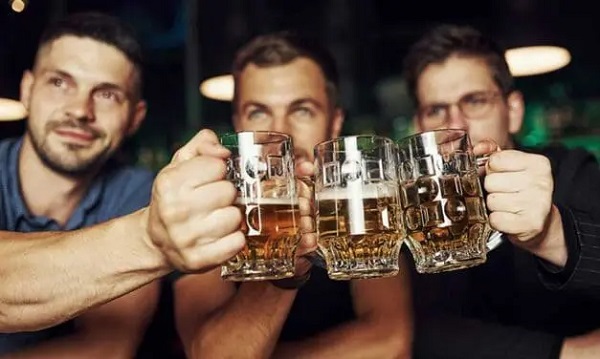
 Business2 days ago
Business2 days agoIt’s time to finally free the beer
-

 Business2 days ago
Business2 days agoCarney Admits Deficit Will Top $61.9 Billion, Unveils New Housing Bureaucracy
-
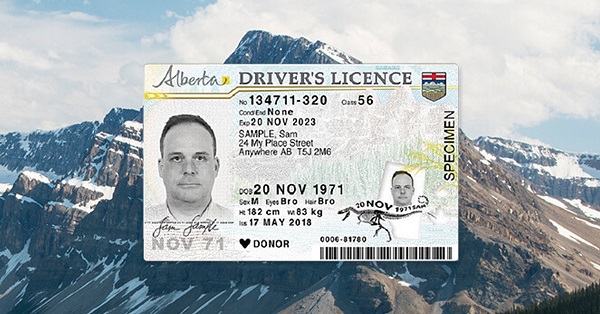
 Alberta1 day ago
Alberta1 day agoAlberta first to add citizenship to licenses
-
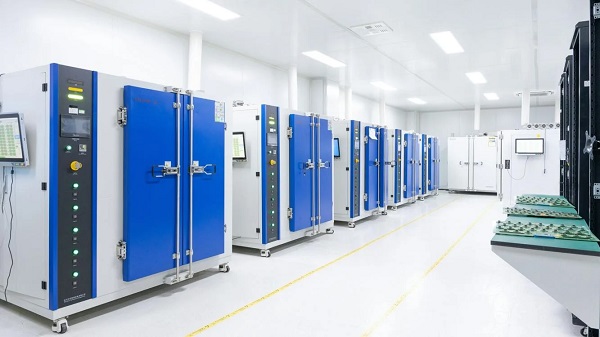
 Artificial Intelligence2 days ago
Artificial Intelligence2 days agoWhat are data centers and why do they matter?
-

 Business1 day ago
Business1 day agoCarney government’s housing GST rebate doesn’t go far enough
-

 Alberta1 day ago
Alberta1 day agoBreak the Fences, Keep the Frontier
-

 Business1 day ago
Business1 day agoCarney’s Ethics Test: Opposition MP’s To Challenge Prime Minister’s Financial Ties to China
-
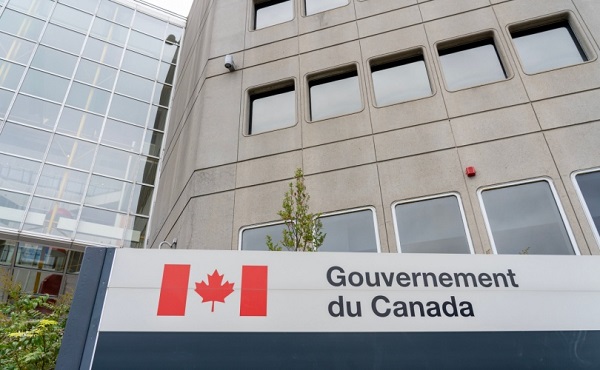
 Business1 day ago
Business1 day agoAttrition doesn’t go far enough, taxpayers need real cuts







